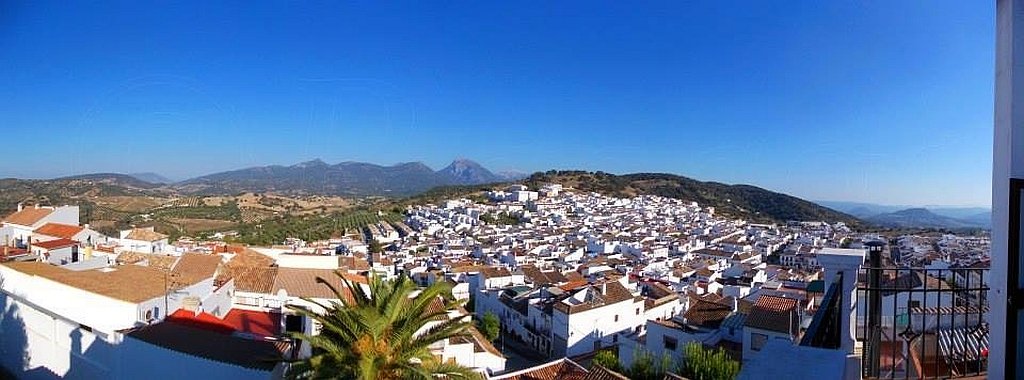The Province of Cádiz is divided into 6 comarcas (regions) that include a total of 44 municipalities, with the famous city of Cádiz as its capital. Other important cities in the province include Jerez de la Frontera and Algeciras.
The Population of Cádiz
The population of Cádiz Province is approximately 1,255,164 inhabitants. Of these, around 600,000 live in the metropolitan area of the Bay of Cádiz, which includes Cádiz city and nearby towns like Chiclana, El Puerto de Santa María, Puerto Real, and San Fernando. This makes Cádiz one of the most densely populated areas within Andalusia.
The province spans an area of 7,435.85 km², with a population density of 158.80 inhabitants per km². Cádiz shares borders to the north with the provinces of Seville and Huelva, to the east with Málaga, to the southwest with the Atlantic Ocean, to the southeast with the Mediterranean Sea, and to the south with the Strait of Gibraltar and the British territory of Gibraltar.
Coasts and mountains
The municipalities of Cádiz can be broadly divided based on their location within the province, highlighting a variety of coastal towns known for their pristine beaches—many of which remain untouched—and inland municipalities renowned for their cultural richness and vast green landscapes.
Among the coastal towns, notable ones include Conil de la Frontera, Vejer de la Frontera with its well-known hamlet of El Palmar, Barbate with Zahara de los Atunes, and Tarifa with the beach area of Bolonia.
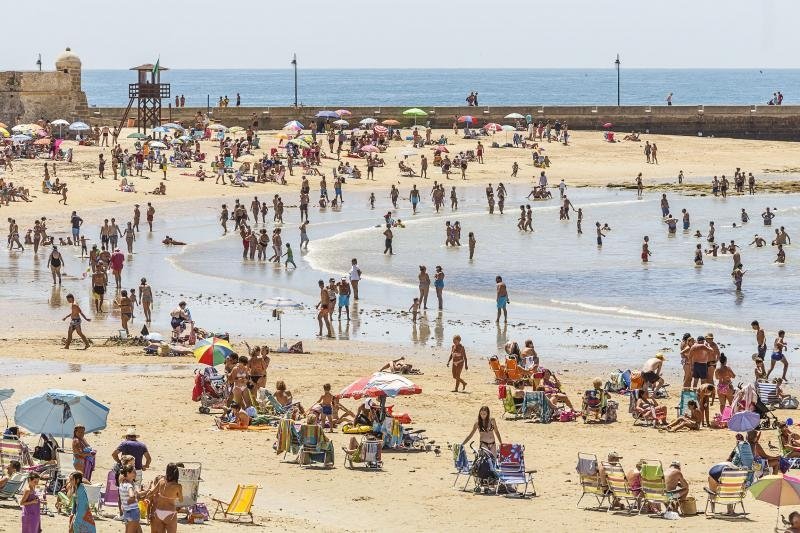
For the inland towns, those bordering the Los Alcornocales Natural Park stand out. Alcalá de los Gazules, known as the western gateway to the park, and Jimena de la Frontera, known as the eastern gateway, are especially notable.
Further north in the province are the famous white towns (pueblos blancos), named for their whitewashed houses. Here, within the Sierra de Grazalema Natural Park, we find remarkable villages like El Bosque, Zahara de la Sierra, Villaluenga del Rosario and Grazalema itself.
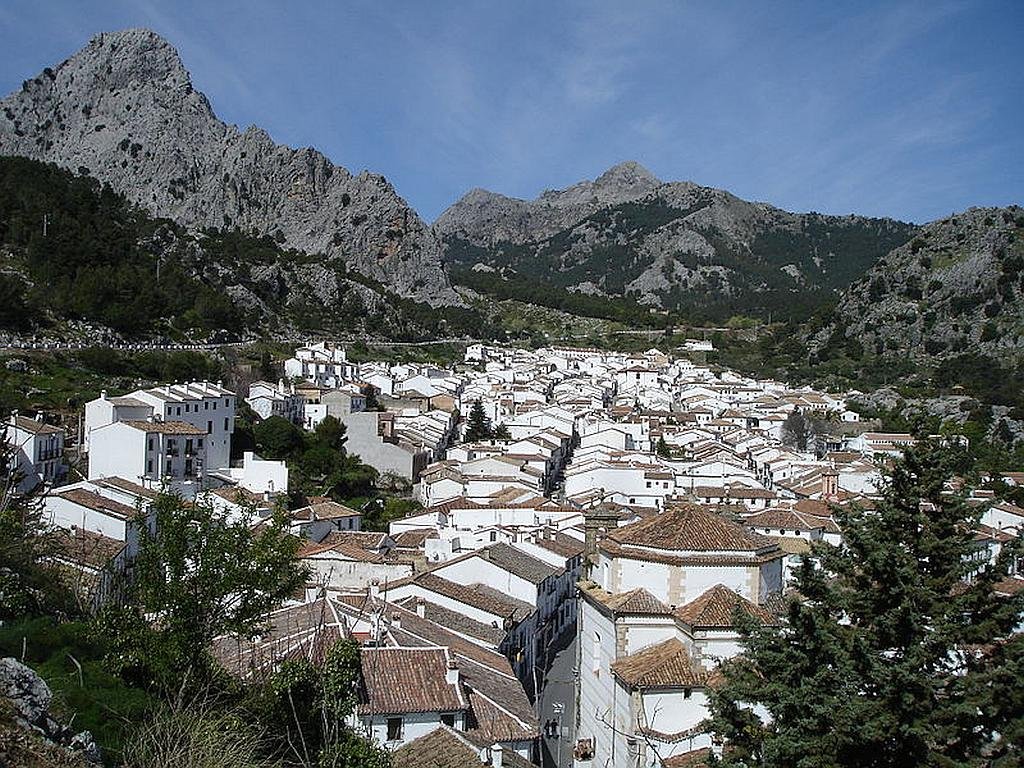
From A to Z: The cities, towns and villages of Cádiz
Here are all the cities, towns and villages in the province of Cádiz (in alphabetical order.) Just click the links to find out more in depth information about each place.
(The dedicated articles for this list is a work in progress)
Alcalá de los Gazules

A historic town at the entrance of Los Alcornocales Natural Park, Alcalá de los Gazules charms visitors with its medieval streets, whitewashed houses, and panoramic views.
Plaza Alta is a highlight, featuring traditional Andalusian architecture and a lively atmosphere. The town also boasts rich culinary traditions, including dishes like venison stews and wild boar, thanks to the abundant wildlife in the nearby park. Read more here.
Alcalá del Valle
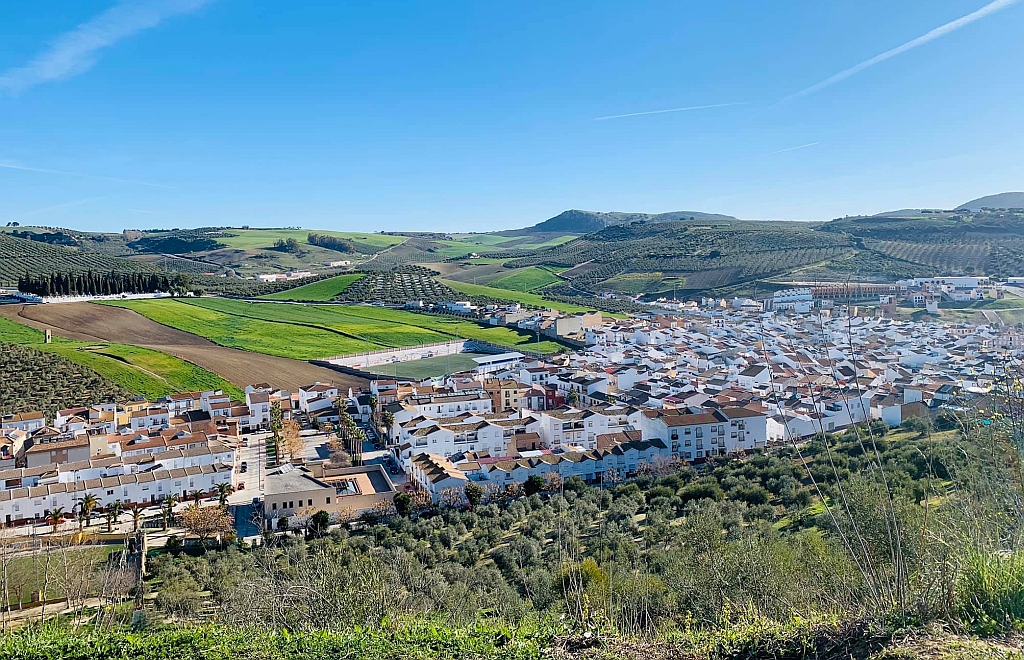
In the Sierra de Cádiz, Alcalá del Valle is surrounded by rugged landscapes and is known for its Monastery of San Juan de Letrán. This small town offers rustic charm with old olive mills, vineyards, and farms producing local cheeses and artisan olive oil. The town celebrates traditional festivals, including the “Romería” pilgrimage, which features local music and foods. Read more here.
Algar
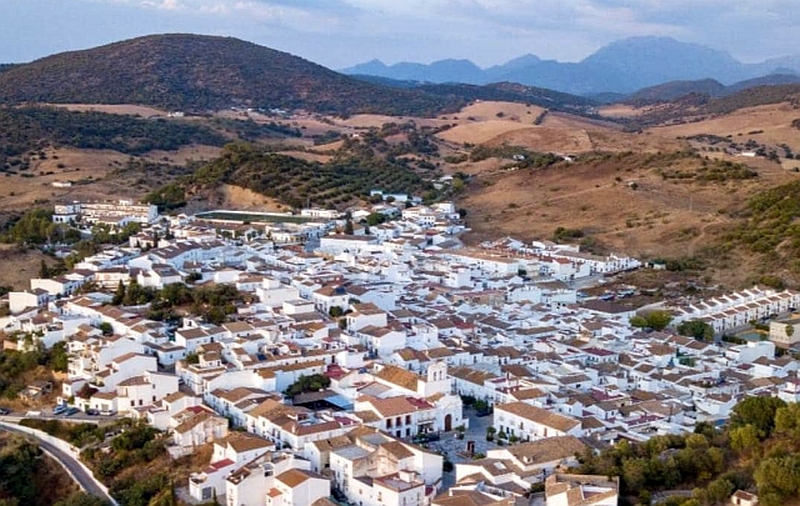
Set along the Majaceite River, Algar is ideal for water-based activities like kayaking and fishing, while its surrounding landscapes are perfect for hiking. Local restaurants focus on river fish and vegetables, offering traditional dishes like fish stew with locally sourced produce. Algar’s natural beauty makes it a serene escape for nature lovers. Read more here.
Algeciras
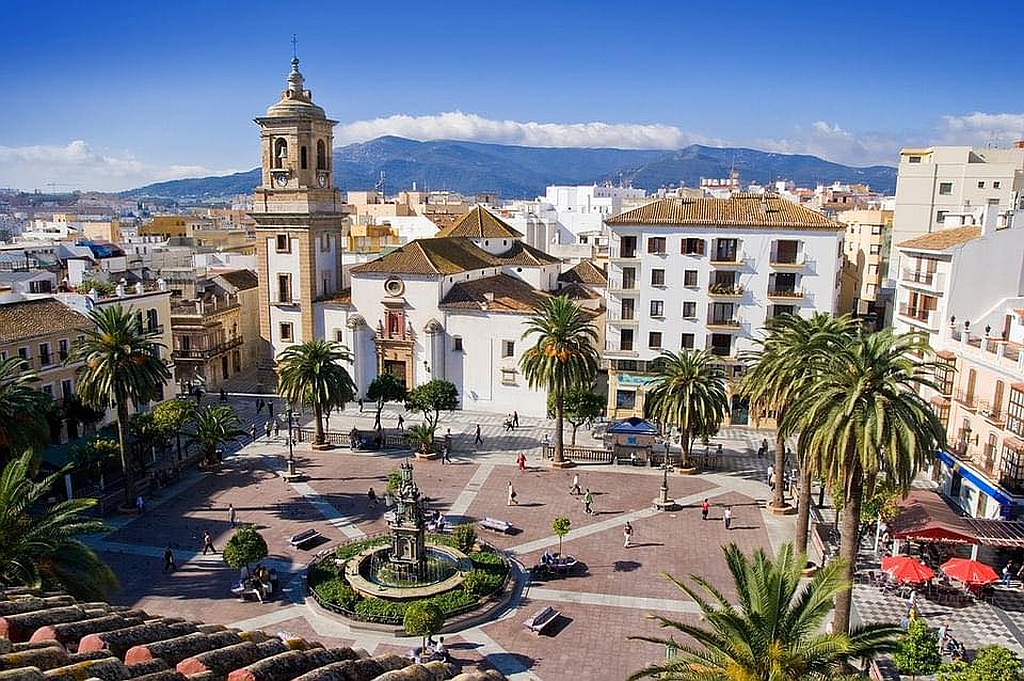
A major port city with close ties to North Africa, Algeciras offers a unique cultural blend visible in its markets and cuisine. The Ingeniero Torroja Market sells fresh seafood alongside spices from North Africa. Popular sites include the Marinid Walls, remnants of Moorish influence, and Getares Beach, perfect for water sports. Read more here.
Algodonales
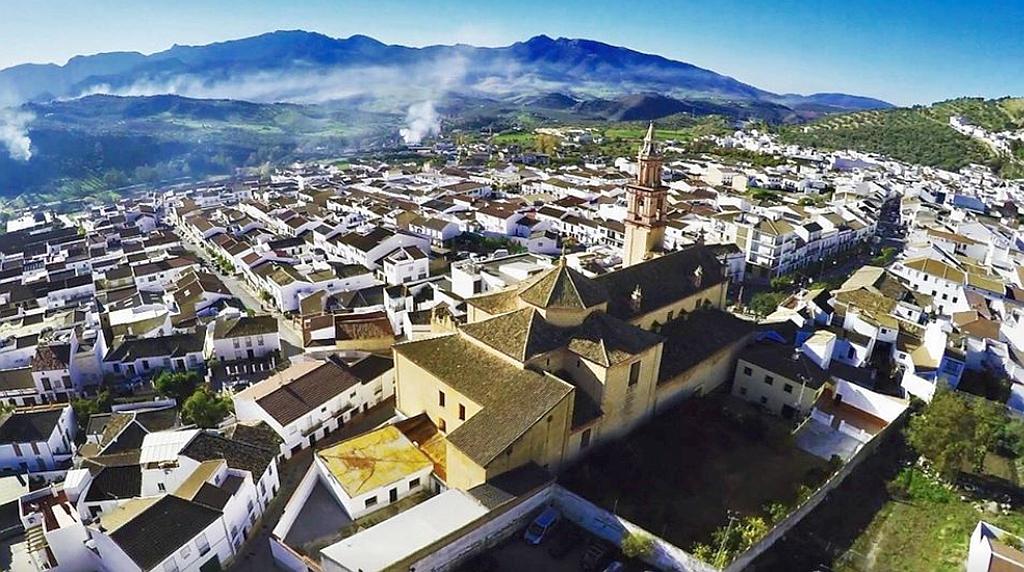
Known for paragliding due to its favorable wind conditions, Algodonales is also famous for its spring waters, which feed into fountains scattered around the village. Visitors can explore historical sites like the Church of Santa Ana and taste honey and local wines, products the town is well-known for. Read more here.
Arcos de la Frontera
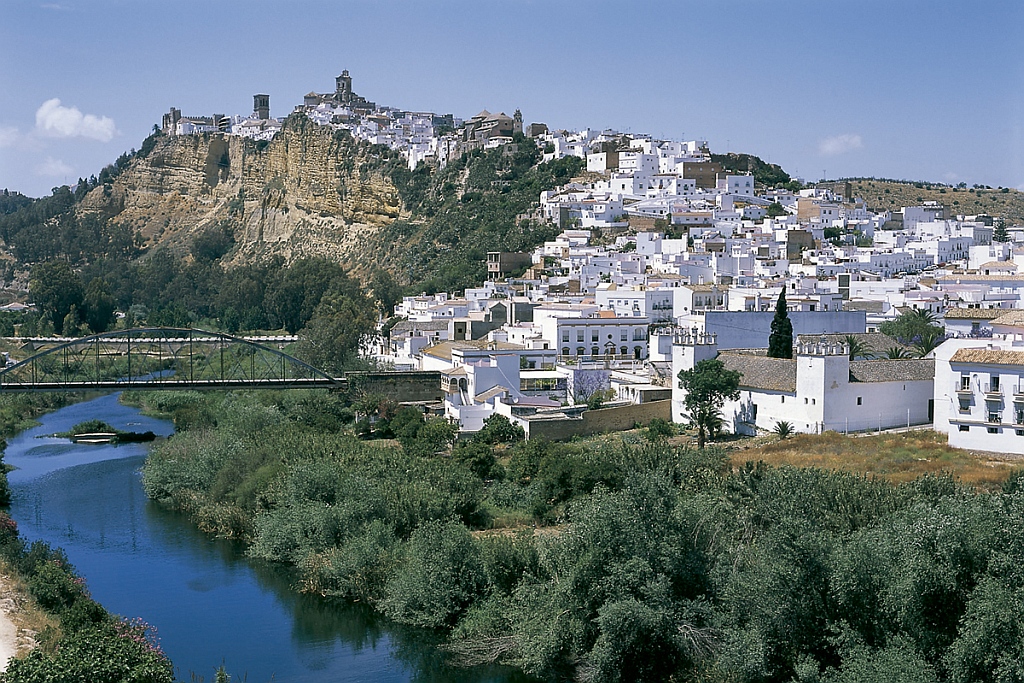
One of the most famous pueblos blancos (white villages) of Andalusia, Arcos de la Frontera is perched on a dramatic cliff overlooking the Guadalete River. Visitors can explore its narrow streets, the Castle of Arcos, and Basilica of Santa María de la Asunción. Culinary highlights include alcachofas a la montillana (artichokes with sherry). Read more here.
Barbate, Caños de Meca, Zahara de los Atunes, Zahora
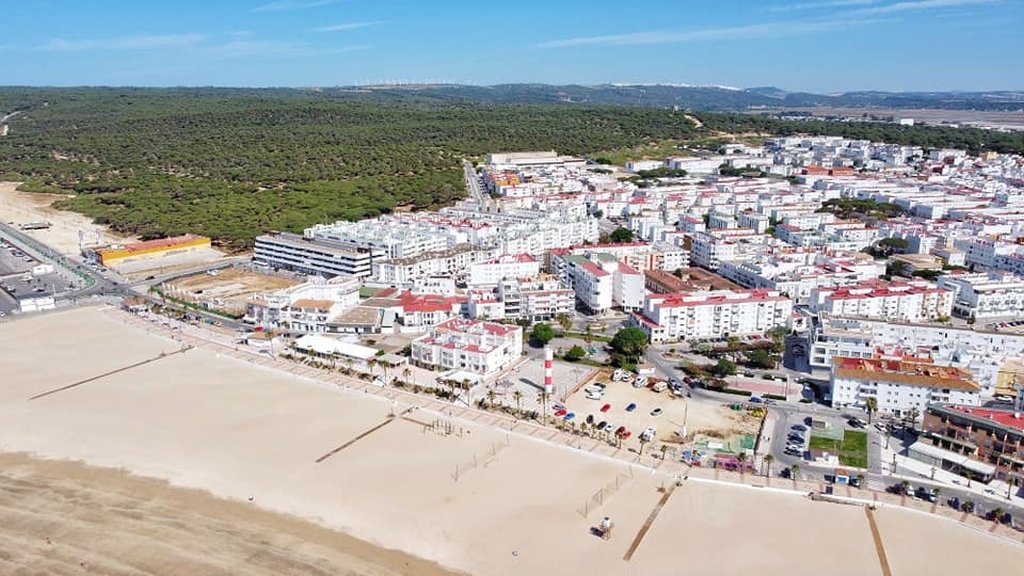
These coastal towns are prized for their pristine beaches and lively seafood culture. Zahara de los Atunes is especially famous for its bluefin tuna, while Caños de Meca and Zahora attract surfers and beachgoers. Visitors can savor atún encebollado (tuna with onions) and enjoy scenic walks along the coast. Read more here.
Benalup Casas la Viejas
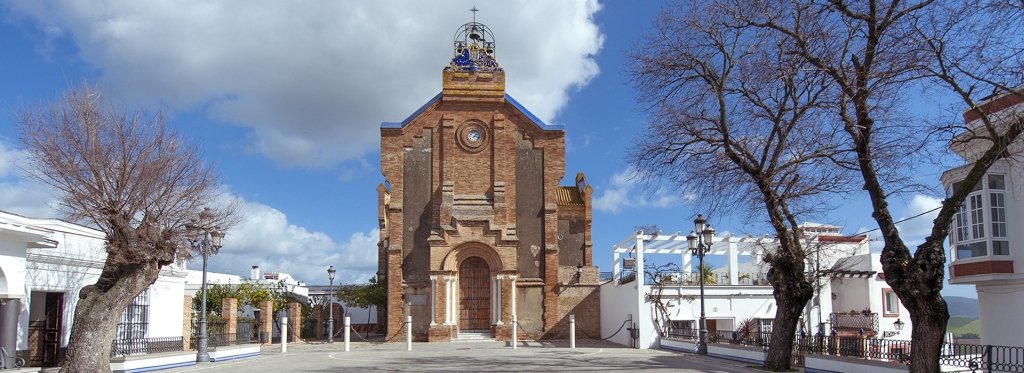
Adjacent to Los Alcornocales Natural Park, Benalup is rich in history with prehistoric cave paintings and archaeological sites. The town’s local cuisine emphasizes game meats, such as tagarninas (Spanish thistle) in stews. It’s a must-visit for history and nature enthusiasts alike. The nearby golf course is also very popular. Read more here.
Benaocaz
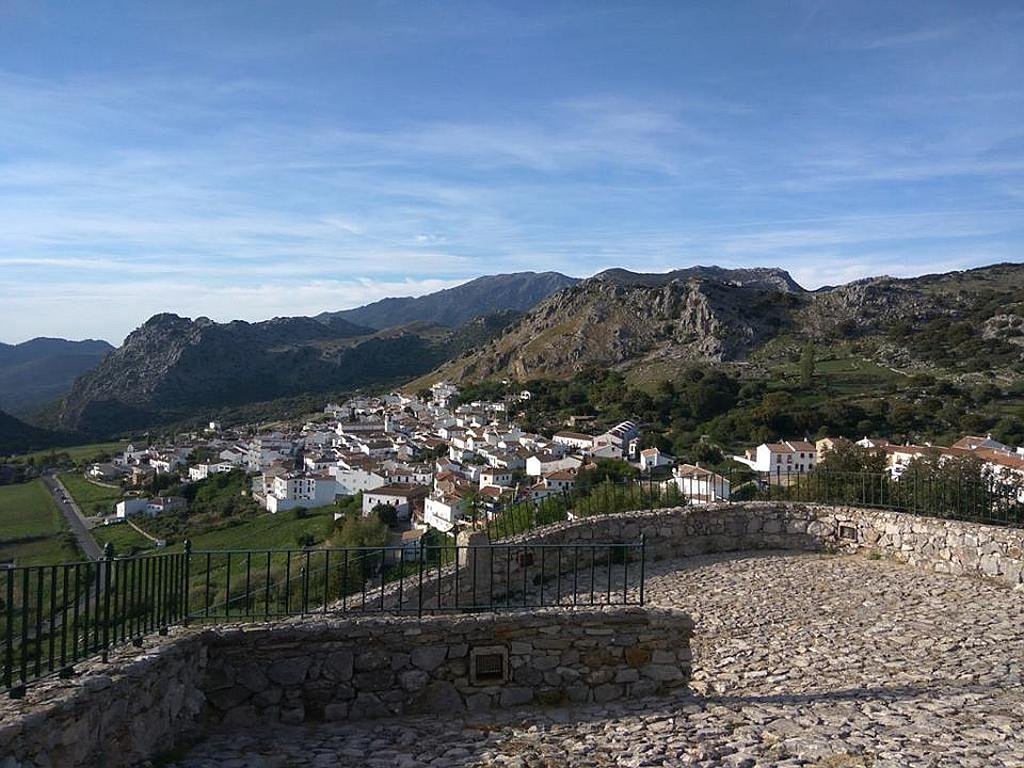
Nestled in the Sierra de Grazalema Natural Park, Benaocaz offers scenic mountain views and a historical Roman road. It’s known for its quiet, traditional atmosphere and local delicacies like cured meats and cheeses. Hiking trails in the area provide great opportunities for exploration. Read more here.
Bornos
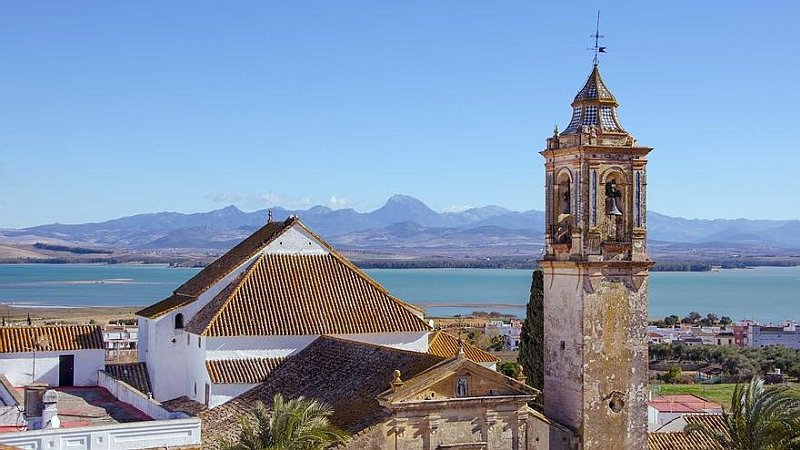
Located on the Bornos Reservoir, this town is popular for water sports like kayaking and fishing. The Casa de los Ribera is a Renaissance-era palace with intricate architecture, and the town is known for its fresh trout dishes and riverside charm. Read more here.
Cádiz
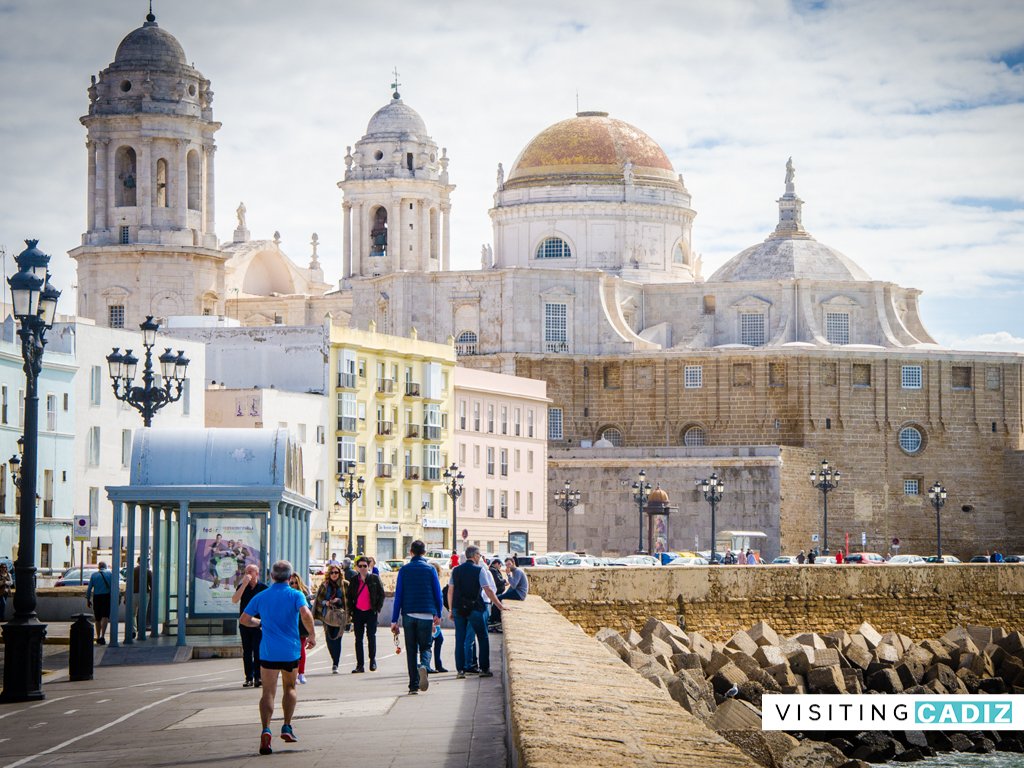
One of Europe’s oldest cities, Cádiz is rich in culture, history, and coastal beauty. Known for its annual Carnival, the city also features the Cádiz Cathedral and La Caleta Beach. The local cuisine includes pescaíto frito (fried fish) and tortillitas de camarones (shrimp fritters). Read more here.
Castellar de la Frontera

This town is famous for its medieval castle, which offers panoramic views of the Gibraltar Strait and surrounding countryside. Visitors can experience rural life and try local dishes like cordero al horno (oven-baked lamb) paired with honey from local farms. Read more here.
Chiclana de la Frontera, Sancti Petri
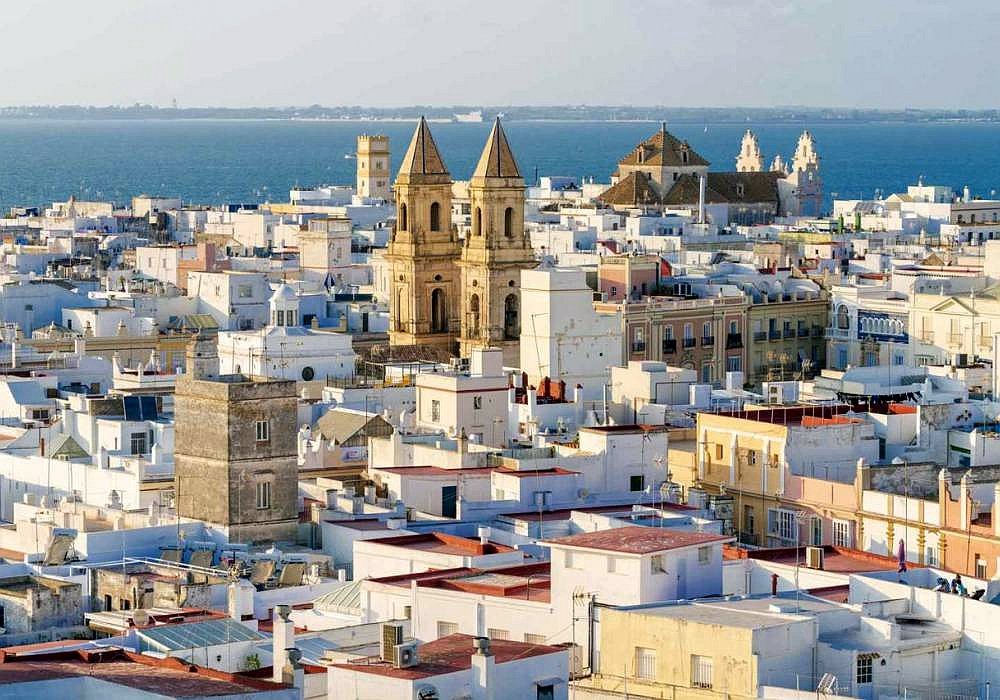
Chiclana’s La Barrosa Beach is one of the most beautiful on the coast, with soft sands and calm waters. The town is also known for sherry production, and Sancti Petri, a small fishing village nearby, specializes in seafood dishes, particularly fried fish. Read more here.
Chipiona
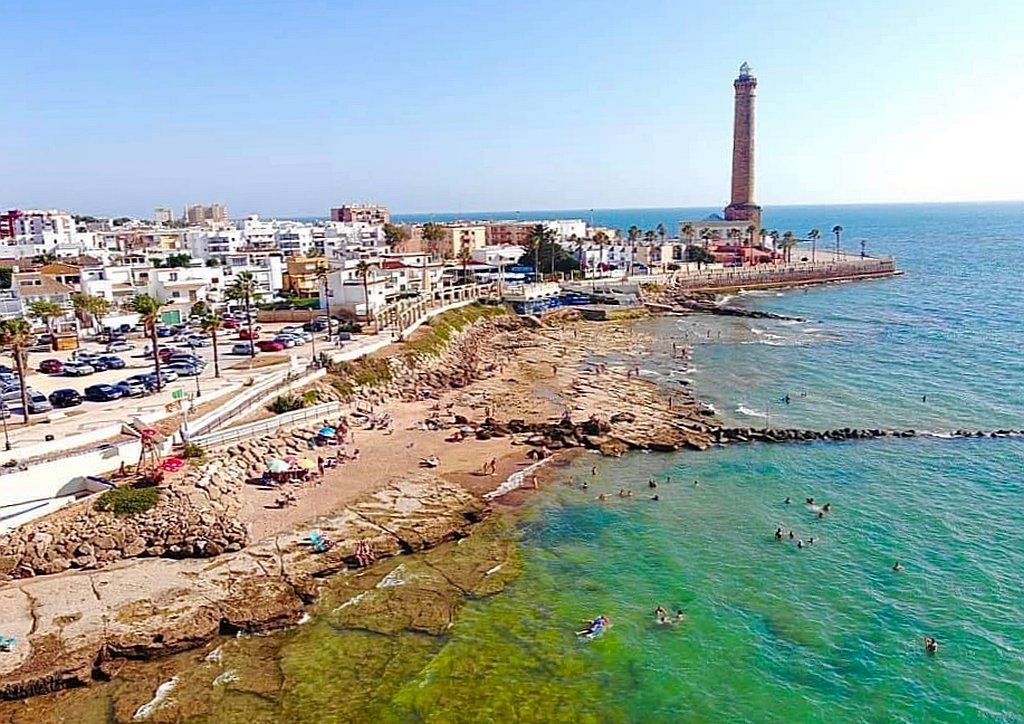
This is a beach town famous for its lighthouse (the tallest in Spain) and Moscatel wine. The town is also known for its extensive sandy beaches and the pilgrimage to the Sanctuary of Our Lady of Regla. Read more here.
Conil de la Frontera, Roche
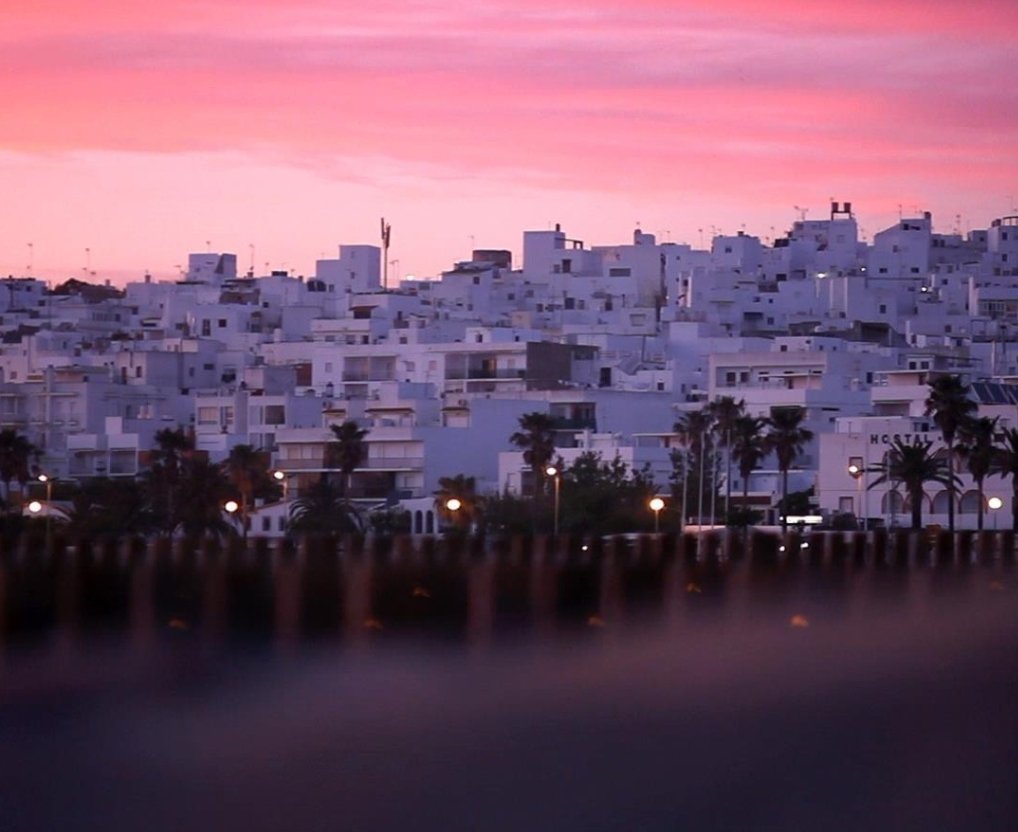
Conil is a lively town with excellent tapas bars and long beaches, while nearby Roche offers a more tranquil, family-friendly atmosphere. Known for atún rojo (red tuna), the town’s seafood cuisine is popular among visitors. Read more here.
El Bosque
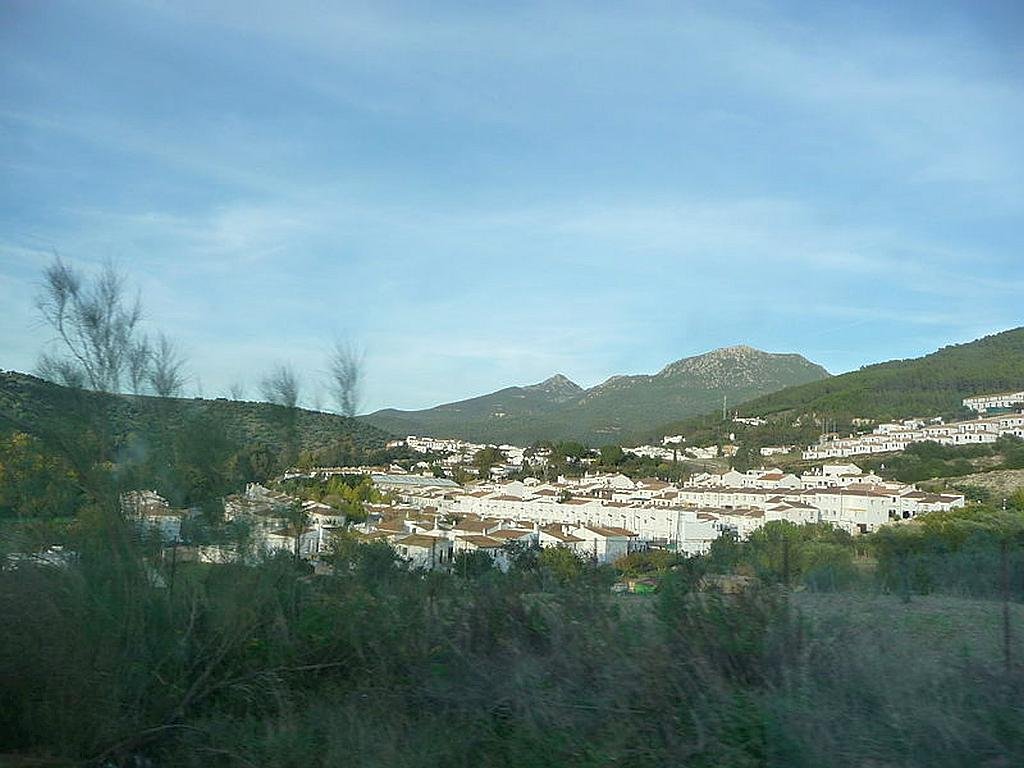
A favorite among nature lovers, El Bosque is known for its trout fishing and proximity to the Sierra de Grazalema Natural Park. The town also produces artisan cheese and honey, and visitors can enjoy scenic trails along the Majaceite River. Read more here.
El Gastor

Often called the “Balcony of the White Villages,” El Gastor offers sweeping views and historic dolmens. The town’s specialties include gazpacho caliente (hot gazpacho) and local wines. Read more here.
El Puerto de Santa María
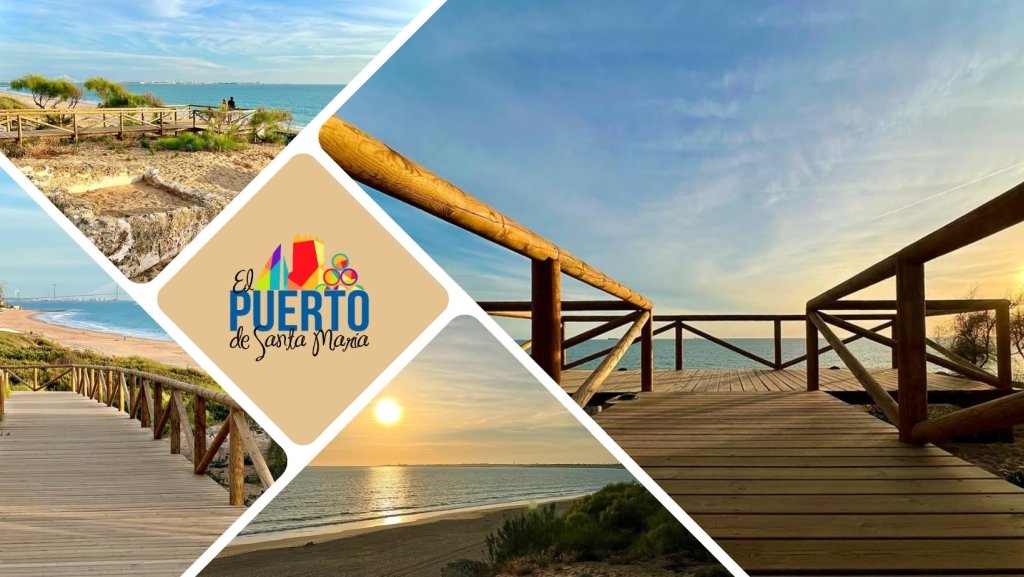
This town is known for its sherry bodegas, beautiful beaches, and historical sites like the Castle of San Marcos. Its waterfront restaurants serve seafood, including prawns and clams, paired with sherry from local vineyards. Read more here.
Espera
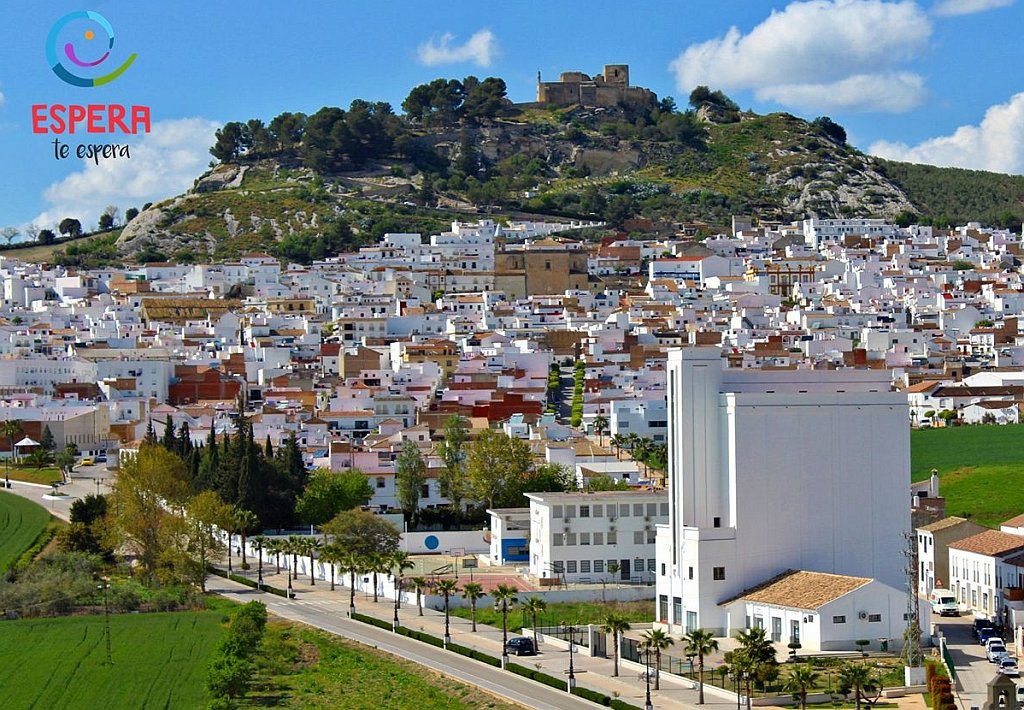
This quiet village features the Castle of Fatetar and is known for bird-watching opportunities. Local restaurants serve traditional gazpacho and pork dishes that reflect the town’s rural Andalusian gastronomic roots. Read more here.
Grazalema, Benamahoma

Some hiking footpaths in the Sierra de Grazalema require a permit. Find out about how to get your permits here.
Both towns are ideal for exploring the Sierra de Grazalema, famous for its lush green landscapes and wool weaving traditions. The area around Grazalema is famous for payoyo cheese and traditional Andalusian puchero (stew). Read more about Grazalema here.
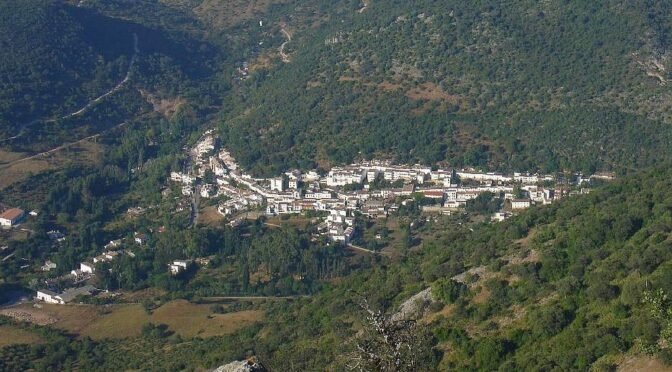
Visit the ‘Fuente de Nacimiento’ a natural spring that gives rise to the river Majaceite that flows towards El Bosque. On its banks is the Water Museum ‘Eco-museum del Agua’ which demonstrates how important water power has been in the growth of this area. Creating olive oil and flour are the most obvious, but water powered mills were also used in making dough for bread, in carpentry and processing (fulling) wool for the textile industry.
Jerez de la Frontera
Known worldwide for sherry wine and flamenco, Jerez is home to the Royal Andalusian School of Equestrian Art and the Alcazar of Jerez. A visit isn’t complete without sampling berza jerezana (chickpea stew) paired with sherry. Read more about visiting Jerez de la Frontera here.
Jimena de la Frontera
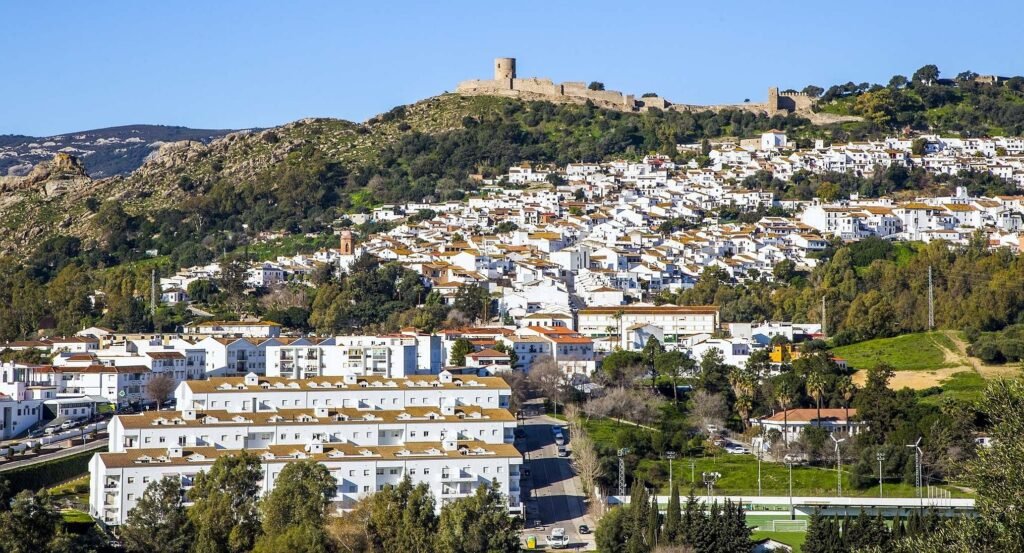
This town borders Los Alcornocales and offers scenic trails and historical landmarks like Jimena Castle. Local cuisine highlights wild game dishes and honey-based sweets. Read more here.
La Línea de la Concepción

Bordering Gibraltar, La Línea is known for its markets selling fresh seafood and Andalusian pastries. The town offers views of the Rock of Gibraltar and beaches perfect for relaxing. Read more here.
Los Barrios
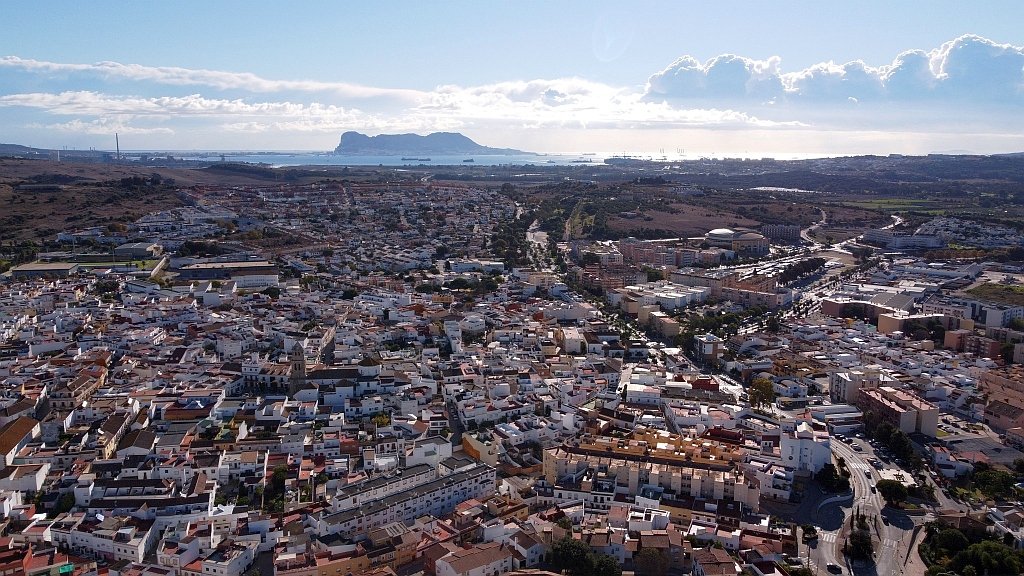
Los Barrios in the Campo de Gibraltar region, offers a blend of history, nature, and modern development. Known for its traditional Andalusian character, it is surrounded by rolling hills, fertile farmland, and the expansive Los Alcornocales Natural Park. Read more here.
Medina Sidonia
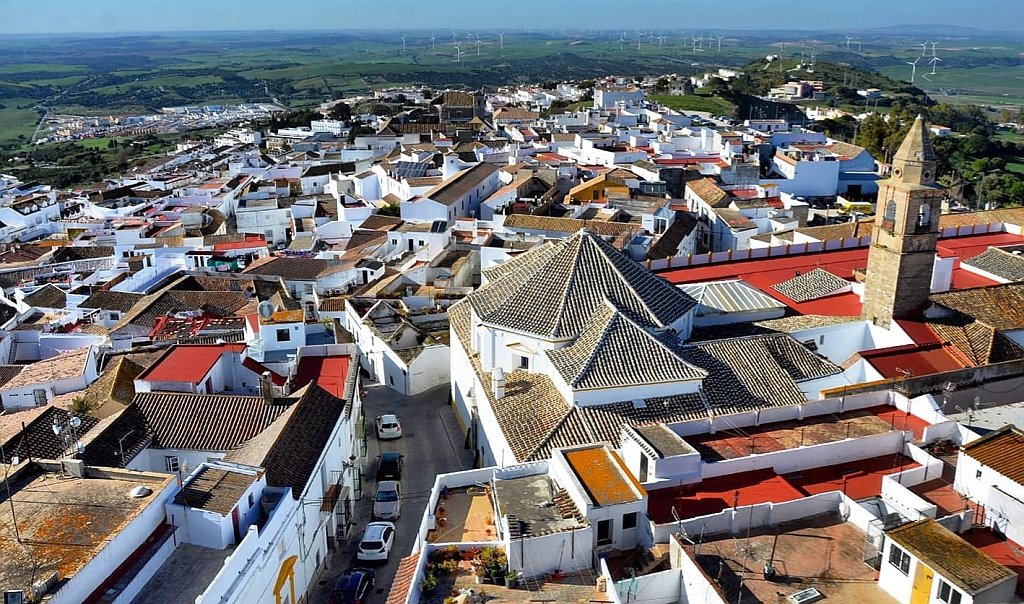
A historic hilltop town with remnants of Moorish architecture, Medina Sidonia is known for alfajores (almond pastries) and its medieval atmosphere. The town’s winding streets and panoramic views add to its charm. Read more here.
Olvera
Olvera is known for its castle and the Via Verde, a popular walking trail. The town offers local specialties like marinated olives and artisan cheeses. Read more here.
Paterna de Rivera
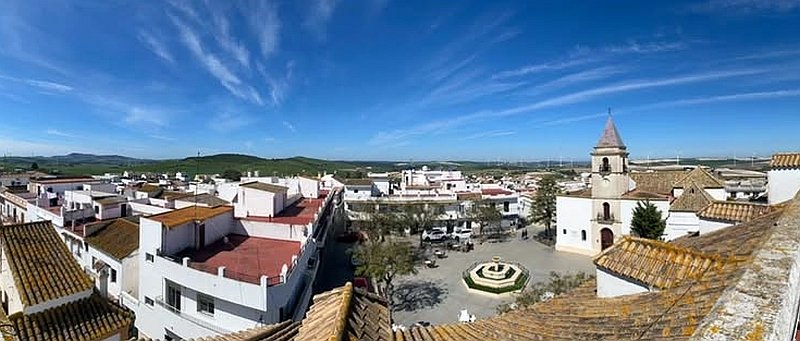
A small rural town, Paterna is known for its dedication to horse culture and traditional game meats. Read more here.
Prado del Rey
An agricultural town with lush landscapes, Prado del Rey produces honey, olive oil, and artisan bread. Read more here.
Puerto Real
Close to Cádiz, Puerto Real is known for its wetlands, nature trails, and fresh seafood. Read more here.
Puerto Serrano
Along the Via Verde trail, Puerto Serrano is ideal for cycling and bird-watching, with local dishes like goat meat specialties. Read more here.
Rota
A coastal town with a historic center, Rota is known for arranque roteño (a tomato-based dish) and its bustling beach scene. Read more here.
San Fernando
Home to salt flats and birthplace of flamenco legend Camarón de la Isla, San Fernando is known for salt-cured fish and flamenco performances. Read more here.
San José del Valle
Known for scenic olive groves, San José del Valle is a small town with a hunting tradition and dishes based on wild game. Read more here.
San Roque
Near beautiful beaches and golf resorts, San Roque features a mix of Spanish and British cultures, and is known for its seafood. Read more here.
Sanlúcar de Barrameda
Famous for manzanilla wine and beachside horse races, Sanlúcar is also known for seafood, including langostinos (prawns). Read more here.
Setenil de las Bodegas
This unique town has houses built directly into rock formations. Local dishes includeLet’s continue with more details on each of the remaining towns and villages in Cádiz Province. Read more here.
Torre Alháquime
A small and tranquil town, Torre Alháquime is characterized by its medieval castle ruins and close community spirit. Known for traditional Andalusian pastries and olive oil, this village is a quiet destination for those interested in exploring local heritage. Read more here.
Trebujena
Perched on the banks of the Guadalquivir River, Trebujena is known for its marshlands and ecological tourism, as well as organic wines. This small town offers unique bird-watching opportunities and serves as a gateway to the nearby Doñana National Park. Trebujena’s cuisine emphasizes farm-to-table freshness, with dishes like fried river fish and gazpacho. Read more here.
Ubrique
Famous for its leather craftsmanship, Ubrique has been a center for leather goods since Roman times. Nestled within the Sierra de Grazalema Natural Park, this picturesque town also offers beautiful hiking trails and historical sites, such as Salto de la Mora, a Roman archaeological site. Visitors can explore the Leather Museum and savor iberian pork dishes and artisan cheeses. Read more here.
Vejer de la Frontera, El Palmar
This hilltop village, Vejer de la Frontera, combines Moorish charm with stunning views of the Atlantic coast. Its cobbled streets and castle make it one of Andalusia’s most scenic towns. Down on the coast, El Palmar attracts surfers and beachgoers alike. The town’s cuisine is renowned for retinto beef and bluefin tuna, often prepared in various innovative ways. Read more here.
Villaluenga del Rosario
The smallest town in Cádiz, Villaluenga del Rosario is famous for its payoyo cheese, a prized goat and sheep cheese that’s celebrated across Spain. Located within Sierra de Grazalema, the town offers rock-climbing opportunities and scenic trails, along with an annual cheese festival showcasing local and international varieties. Read more here.
Villamartín
Villamartín is known for its Roman and Visigothic archaeological sites and its traditional bullring. Visitors can explore the town’s history in its historic center and taste its hearty local dishes, often prepared with seasonal vegetables and meats. Read more here.
Zahara de la Sierra
Perched on a hill overlooking a reservoir, Zahara de la Sierra is one of the most striking white villages of Cádiz. Known for its castle ruins and panoramic views, the town also hosts a popular Corpus Christi festival each spring. Zahara’s cuisine includes game meats and traditional stews, drawing from the Sierra de Grazalema’s wild landscapes. Read more about Zahara de la Sierra here.
The Cities, Towns and Villages of Cádiz
Each of these cities, towns and villages in Cádiz province offers a unique experience, from coastal adventures and gastronomic delights to historical landmarks and natural beauty. Whether you’re interested in water sports, nature, or sampling local flavors, the towns and villages of Cádiz Province provide something for every traveler.
Frequently Asked Questions About the Cities, Towns, and Villages of Cádiz
Cádiz province is divided into six comarcas and includes 44 municipalities. These are typically grouped as either coastal towns, known for beaches and seafood, or inland villages, prized for natural parks and cultural heritage. The province borders Seville, Huelva, Málaga, the Atlantic and Mediterranean coasts, and the Strait of Gibraltar.
Top coastal towns include Conil de la Frontera (beach bars and tapas), Vejer de la Frontera and nearby El Palmar (surf culture), Barbate (renowned for bluefin tuna), and Tarifa (Bolonia beach and watersports). Chipiona, with its iconic lighthouse, and Chiclana, home to La Barrosa Beach, are also favourites.
Inland highlights include Alcalá de los Gazules and Jimena de la Frontera—gateways to Los Alcornocales Natural Park. In the Sierra de Grazalema Natural Park, Grazalema, Zahara de la Sierra, El Bosque, and Villaluenga del Rosario offer whitewashed villages, hiking trails, and regional delicacies like payoyo cheese and honey.
Cádiz city combines ancient roots with a vibrant local culture. It’s famous for Carnival, the Cádiz Cathedral, and La Caleta Beach. Its cuisine—featuring dishes like pescaíto frito and tortillitas de camarones—adds to its enduring charm.
Cádiz’s food scene is diverse. Coastal towns like Barbate and Zahara are famous for bluefin tuna dishes. Inland, towns such as Alcalá and Grazalema offer game meats, cheeses, and traditional stews. Jerez de la Frontera stands out for sherry wine and berza jerezana, while Chipiona is known for its Moscatel wine.
Yes. Ubrique is internationally recognised for its leather goods. Paterna de Rivera highlights horse culture, while Villaluenga del Rosario is famed for payoyo cheese and its annual cheese festival. Jerez de la Frontera is a cultural hub for flamenco and equestrian arts.
Nature lovers can hike in Sierra de Grazalema or Los Alcornocales, go paragliding in Algodonales, or enjoy kayaking and fishing at the Bornos Reservoir. The Via Verde trail is ideal for cycling and bird-watching.
Whether you’re after sun-soaked beaches, historic towns, natural escapes, or culinary adventures, Cádiz offers something for every traveller. From surfing in El Palmar to flamenco in Jerez and hiking in Grazalema, the region blends diversity with authenticity.
I’ve been living in this lovely area of Western Andalucia for the last 20 years or so and dedicate most of my time to the running of English language tourist information websites for the towns of Cádiz, Ronda, Grazalema, the famous or infamous Caminito del Rey, and also Wildside Holidays, which promotes sustainable and eco-friendly businesses running wildlife and walking holidays in Spain. My articles contain affiliate links that will help you reserve a hotel, bus, train or activity in the area. You don’t pay more, but by using them you do support this website. Thankyou!



